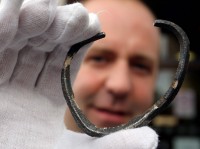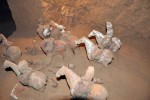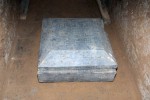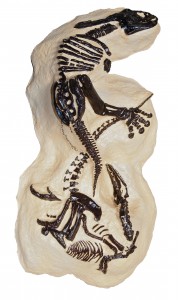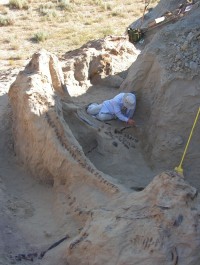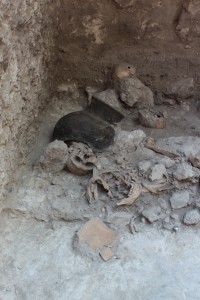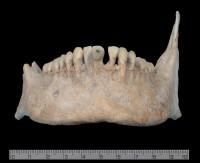I’ve got two hot tips for you today because I idled away large amounts of time sleeping, watching silent movies like a big nerd and enjoying the two virtual tours mentioned in the title like an even bigger nerd. The subjects are not related; the only thing they have in common is that their heyday was the 18th century.
 The first tour uses documentary and map research to plot every stage of the 1760-1761 Jamaican slave uprising. This is so cleverly put together. You have the option of using a terrain map or political map as the base. If you want, you can explore each phase of the revolt by clicking on the timeline before, but the best thing to do is to click play in the upper left hand corner and just allow yourself to see the movements as they happened. I’m not usually the press play type. I like to click forward and back on my time, thank you very much. In this case, however, being taken on the voyage is a million times better than just clicking around, because you see the geographic links between each stage and flare-up of insurrection.
The first tour uses documentary and map research to plot every stage of the 1760-1761 Jamaican slave uprising. This is so cleverly put together. You have the option of using a terrain map or political map as the base. If you want, you can explore each phase of the revolt by clicking on the timeline before, but the best thing to do is to click play in the upper left hand corner and just allow yourself to see the movements as they happened. I’m not usually the press play type. I like to click forward and back on my time, thank you very much. In this case, however, being taken on the voyage is a million times better than just clicking around, because you see the geographic links between each stage and flare-up of insurrection.
Historians have long debated whether the Jamaican slave insurrection that started in 1760 and continued for another 18 months was a spontaneous uprising, carefully planned by slaves across the country or a mixture of both. The end-result was devastation: 500 slaves killed, 500 deported to Africa, 60 white people killed and thousands of pounds in property destroyed. What this cartographical analysis found is that there were three major uprisings within the 18 months, that there were strategic choices made by rebellion leaders along with more spontaneous, disorganized outbursts.
It’s an impressive collaborative effort between historians and cartographers that has produced an attractive, easy to follow, surprisingly dynamic, information-rich resource on a complex period. I kind of want a map like this of everything now.
The second time sink is more of a literal virtual tour since you get to see with your own eyes the complete wreck site of the HMS Victory, First Rate Royal Navy warship that sank off the coast of Plymouth in 1744 and that was the predecessor to Admiral Horatio Nelson’s ship of the same name. The wreck was discovered by treasure-hunting company Odyssey Marine Exploration in April of 2008.
 The remains of the HMS Victory are 246 feet deep underneath a shipping lane beset by strong tides. There’s no chance of visiting the site in person, so Odyssey Marine has created a photomosaic map of the vast debris field complete with high resolution video captured by remote submersibles. Start here to follow the Virtual Dive Trail. Click on any of the outlined areas and you’ll see an incredibly clear photograph of the wreck. Click on “dive” in the upper right header and a pop-up window opens with video of the area and a description of what you’re seeing.
The remains of the HMS Victory are 246 feet deep underneath a shipping lane beset by strong tides. There’s no chance of visiting the site in person, so Odyssey Marine has created a photomosaic map of the vast debris field complete with high resolution video captured by remote submersibles. Start here to follow the Virtual Dive Trail. Click on any of the outlined areas and you’ll see an incredibly clear photograph of the wreck. Click on “dive” in the upper right header and a pop-up window opens with video of the area and a description of what you’re seeing.
The quality is insane. I don’t know how that lit it so effectively but you can see bronze cannons, iron ingots, wooden planks, the large rudder, everything like it’s in your living room, assuming your living room has a vaguely blue cast to it.
